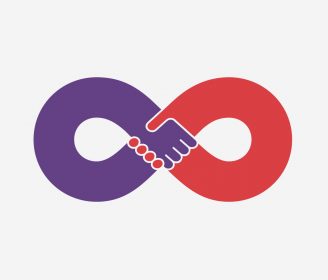Five Tips for Getting the Most Out of Your Agency Partnership
As a CMO, you’ll likely work with a variety of agencies — from brand and advertising to public relations and digital. Each of these relationships has the potential to be a true partnership that strengthens your work and business. But even with this understanding, these partnerships can still experience their fair share of challenges — often…




